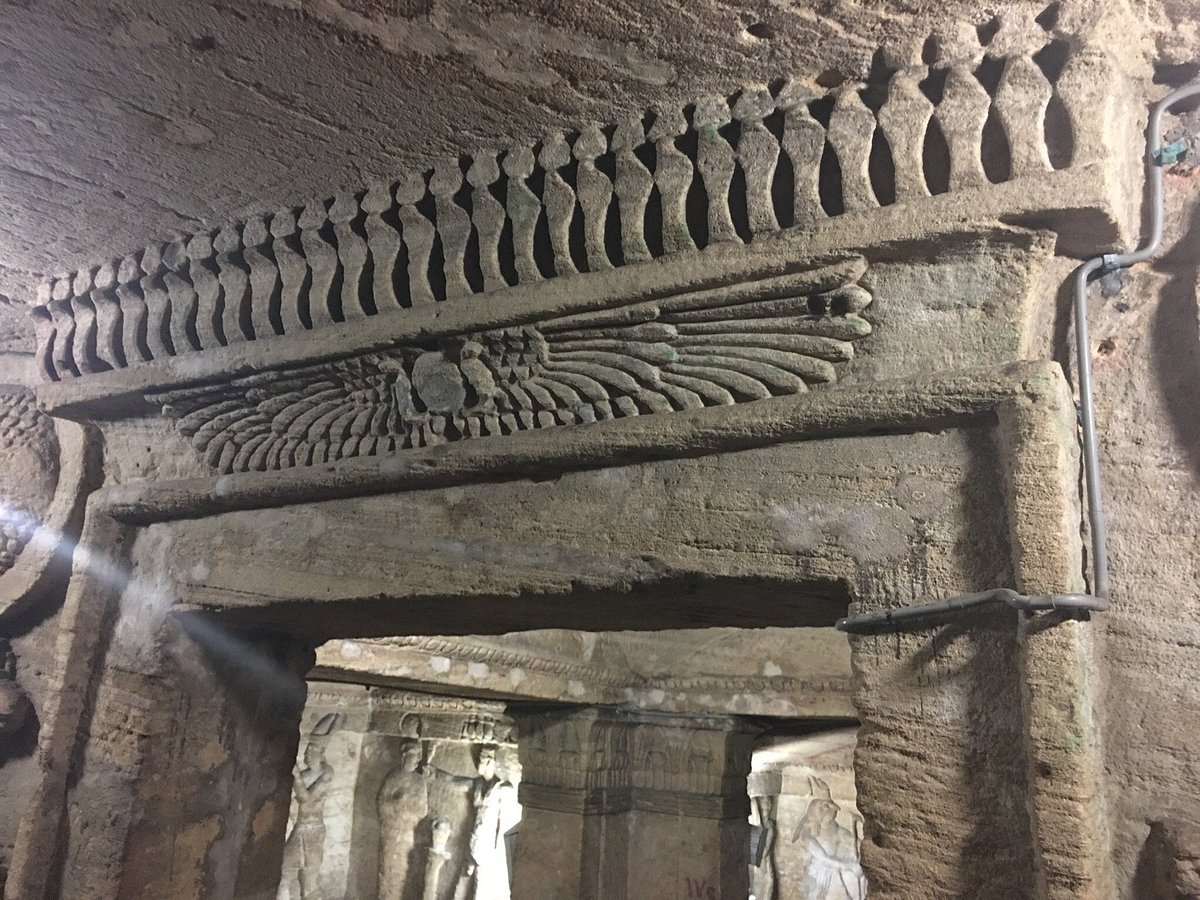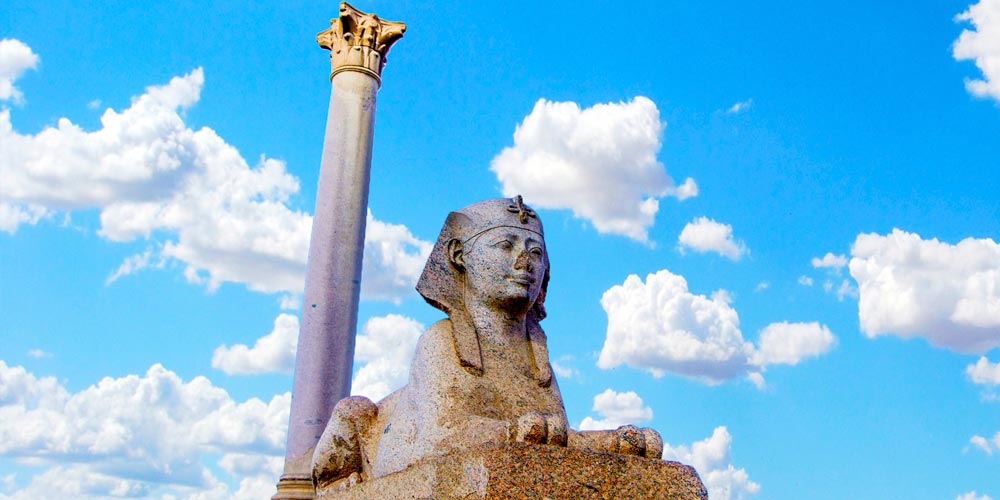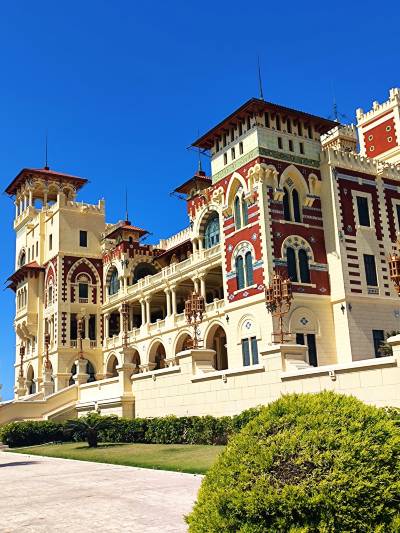Exploring the Ancient Wonders of Alexandria: A Tourist’s Guide

Introduction
Brief History of Alexandria
Alexandria, founded by Alexander the Great in 331 BC, blossomed into a vibrant hub of culture and learning. Its strategic location along the Mediterranean coast paved the way for trade and interaction with various civilizations. The city was not just a trading post; it became a beacon of knowledge, known for its great scholars and the famous Library of Alexandria.
Significance of Ancient Wonders
The ancient wonders of Alexandria are pivotal in understanding the magnitude of human achievement in history. They represent:
- Innovative Architecture: Structures like the Great Lighthouse showcase advanced engineering.
- Cultural Fusion: These wonders reflect the blend of various cultures, highlighting how the city embraced diversity.
- Legacies of Knowledge: Many, like the Library, symbolize the thirst for knowledge that defined the era.
These elements reinforce Alexandria’s status as a remarkable ancient city, leaving behind a legacy that continues to inspire awe today.

The Great Lighthouse of Alexandria
History and Construction
The Great Lighthouse of Alexandria, or Pharos of Alexandria, was constructed around 280 BC under the reign of King Ptolemy II. Standing approximately 330 feet tall, it was an architectural marvel. Designed by the architect Sostratus, the lighthouse featured:
- Three distinct tiers: A square base, a midsection shaped like an octagon, and a circular top.
- A beacon: That guided sailors safely into the harbor, making it an invaluable navigation tool.
Legacy and Impact
Even after its destruction by earthquakes in the 14th century, the Great Lighthouse’s influence remains profound. It set the standard for future lighthouses worldwide, inspiring designs like:
- The Tower of Hercules in Spain
- The Faro de Chipiona
The legacy of this wonder not only highlights ancient engineering brilliance but also underscores the necessity of maritime safety, a principle that still safeguards ports today.

The Catacombs of Kom el Shoqafa
Exploration of the Site
Delving into the Catacombs of Kom el Shoqafa feels like stepping back in time. Discovered in the late 19th century, these tombs date back to the 2nd century AD and offer fascinating insights into Greco-Roman burial practices. Visitors navigate through winding passages and spiral staircases, revealing layers of history intertwined with:
- Roman, Greek, and Egyptian influences.
- Intricate carvings and frescoes.
Unique Features and Artifacts
As you explore, several unique features stand out:
- The Triclinium: An ancient dining hall used for funerary banquets.
- Sarcophagi: Lavishly decorated, reflecting the owner’s status.
These artifacts not only highlight the artistic finesse of the era but also reveal the cultural blend that defined Alexandria’s identity, leaving visitors in awe of its rich heritage.

The Library of Alexandria
Origins and Purpose
The Library of Alexandria, founded in the 3rd century BC, was more than just a collection of books—it was a symbol of knowledge and enlightenment. Established under the Ptolemaic dynasty, its purpose was to preserve and study all human knowledge. Features included:
- Various scrolls and manuscripts: Covering subjects from science to poetry.
- A center for scholars: Where great minds like Euclid and Archimedes could exchange ideas.
Destruction and Rediscovery
The Library’s tragic decline and eventual destruction, attributed to a series of events ranging from wars to neglect, marks a pivotal point in history. Though the exact timeline remains murky, its loss resonates profoundly, leading modern scholars to:
- Explore alternative locations for remnants.
- Seek references in historical texts for clues.
Today, the fascination with the Library continues, inspiring initiatives like the Bibliotheca Alexandrina, striving to revive its legacy as a beacon of knowledge and cultural preservation.

Qaitbey Citadel
Historical Background
The Qaitbey Citadel, built in the 15th century by Sultan Qaitbey, stands proudly on the Mediterranean coast, marking the location of the ancient Lighthouse of Alexandria. This fortification was constructed in response to the threat of invasion, serving both as a military stronghold and a symbol of the city’s resilience. Visitors often marvel at its rich history that intertwines with tales of battles and maritime security.
Architecture and Views
As you approach the citadel, its impressive architecture, featuring robust stone walls and majestic towers, captivates the imagination. The key highlights include:
- Mamluk architectural style: Characterized by intricate designs and sturdy structures.
- Panoramic views of Alexandria: Offering breathtaking vistas of the coastline and city.
Standing atop the walls, one can’t help but feel the echoes of history and the beauty of the surrounding landscapes, making it a must-visit destination not just for history buffs but for anyone seeking inspiration.

Pompey’s Pillar
Historical Context
Pompey’s Pillar, an impressive 25-meter-high granite column, was erected in 297 AD to honor the Roman Emperor Diocletian. Contrary to its name, the pillar is not linked to the famous general Pompey but rather symbolizes the city’s strength and resilience. As you visit, it’s hard to ignore how this ancient monument has withstood centuries of change and turmoil in Alexandria.
Interesting Facts and Myths
Over the years, Pompey’s Pillar has become a backdrop for numerous intriguing stories and legends:
- Myth of Pompey’s Remains: Many believed that the remains of Pompey were entombed beneath the pillar, though this has since been debunked.
- Massive Foundation: The pillar was originally surrounded by a temple, highlighting its significance in ancient religious practices.
These fascinating elements not only enrich the history of the pillar but also invite curiosity and wonder, making it a captivating site for visitors eager to unravel Alexandria’s past.

Montazah Palace Gardens
Royal History
The Montazah Palace Gardens, originally built as a summer retreat for Egypt’s royal family in the late 19th century, exude elegance and charm. Developed by King Fuad I, these lush gardens encapsulate royal history and legacy, transport visitors to a time of opulence. Walking through, one can almost hear the whispers of royalty that once graced its pathways, making it a palpable link to Egypt’s past.
Attractions and Activities
Today, the gardens are a popular destination for both locals and tourists, offering a variety of attractions and activities:
- Stunning Floral Displays: Vibrant gardens bursting with tropical plants and flowers.
- The Palace Itself: Visitors can admire the exquisite architecture and learn about its rich history.
- Recreational Areas: Perfect for leisurely strolls or picnicking with friends and family.
These offerings ensure that Montazah Palace Gardens aren’t just a historical site but also a vibrant space for relaxation and enjoyment, bridging history with enduring beauty.

Conclusion
Recap of Must-Visit Sites
As we’ve explored, Alexandria is a treasure trove of historical wonders. Notable sites include:
- The Great Lighthouse: A marvel of engineering.
- The Catacombs of Kom el Shoqafa: A unique burial site.
- The Library of Alexandria: A beacon of knowledge.
- Qaitbey Citadel: A testament to resilience.
Each location reveals layers of the city’s rich history and cultural tapestry.
Tips for Exploring Alexandria’s Ancient Wonders
To make the most of your visit, consider the following tips:
- Wear comfortable shoes: There’s a lot of walking involved!
- Plan your route: Prioritize sites that interest you most.
- Start early: Beat the crowds and enjoy a peaceful experience.
Engaging with Alexandria’s ancient wonders promises a journey through time, filled with stories and breathtaking sights that leave lasting memories.




